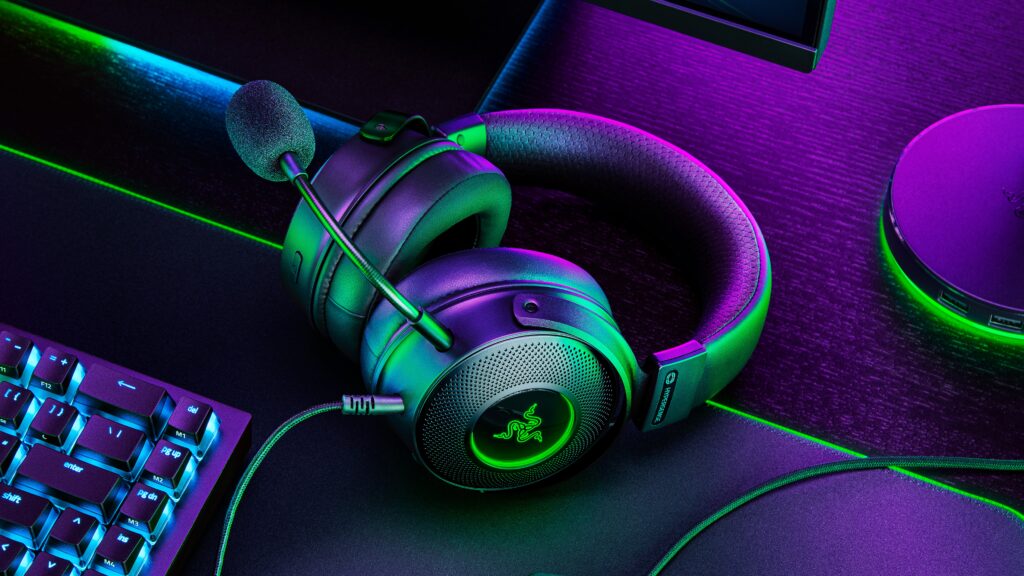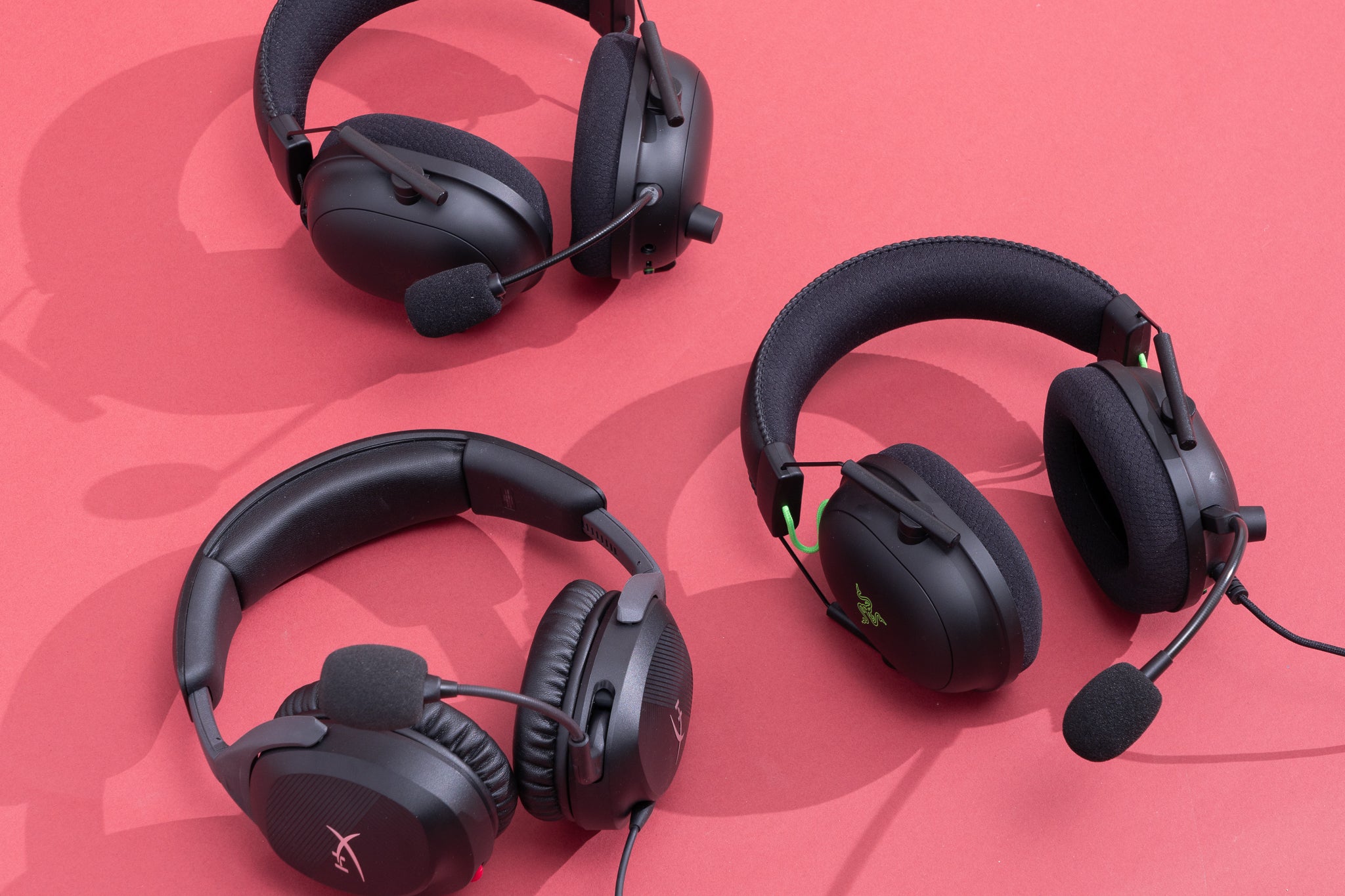
Living in a super-hot climate most of the year has led me to choose a gaming headset with mesh earpads over the stuffy leatherette kind, if only just to stop my ears feeling like jacket potatoes.
Seriously though, whoever decided to put mesh in cheap headsets instead of leatherette did me a big favor. It’s so much cooler, and it also means if I buy friends and family members gaming headsets during the Black Friday sales, I can dodge paying top dollar.
I’ve found that a lot of high-end headsets try to pack in way too many smart technologies that can put a dampener on the audio fidelity. Discovering that nugget of information has led me to rethink everything else I really need in my headset — from sound, comfort, and even connectivity for the price being offered. Why spend $300 on a headset with features I don’t need when I can get something better for less?
Firstly, it’s a myth that you won’t find premium materials in cheaper models. Headsets like the Corsair HS80 Max, SteelSeries Arctis Nova 7X, and Logitech G Pro X all cost between $150 to $200, yet they sport metal headbands, which go a long way to prevent breakage. Their plastic earcups make them lightweight, allowing for longer wear without uncomfortable pressure.
Comfort isn’t sacrificed either. These headsets feature deep memory foam cushioning and adjustable headbands and rotating cups that fit well and relieve pressure. In terms of connectivity, they match up to premium headsets, often offering 2.4GHz Wi-Fi, Bluetooth, wired options, or a combination of all three.
Cross-platform connectivity is also now fairly standard, which used to be a premium feature. For gamer-specific functionality, options like the $99 Turtle Beach Stealth 600 Gen 3 offer features such as a flip-to-mute microphone, remappable chat/mixer wheel, and mode button, typically found in headsets priced over $200.
As for audio quality, I’ve found that many high-end headsets pack in too many smart technologies that can hinder audio fidelity. Cheaper headsets often provide warmth, clarity, and are well-tuned for games. I can vouch for the audio fidelity in the group I mentioned, having tried them all.
Next time you’re in the market for a headset, try something more mid-range than premium. I’ve got a feeling you’ll be pleased with your choice.



